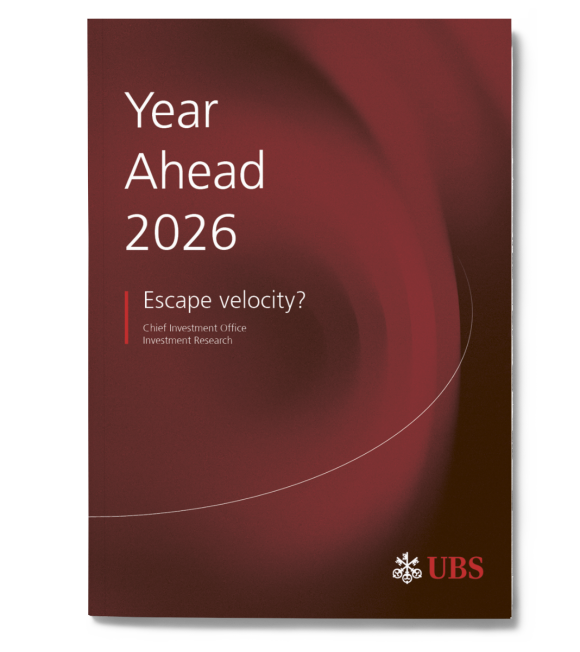
Are you ready for the Year Ahead?
As we enter 2026, the world stands at a crossroads. The Year Ahead 2026 report from our award-winning Chief Investment Office - named the Best CIO in Private Banking at the PWM/ The Banker Global Private Banking Awards 2025 - will help you spot the signals that matter, cut through the noise, and act with confidence.
Find out more about:
- Investing under Trump 2.0: Uncertainty and market volatility could persist as Trump’s policies take shape. But investors can bolster their portfolios by positioning for several enduring trends.
- CIO House View: the impact of current economic trends on asset allocation based on our assessment of the global economy and financial markets.
- Market News: Get the big picture on the world's markets, with our expert insights and analysis.
- Exclusive events: Be in the know with our latest thought-leadership events in Asia Pacific.
Let's talk
Let's talk
Together, we can help you get the right insights.
Stay up to date with all things UBS Global Wealth Management







